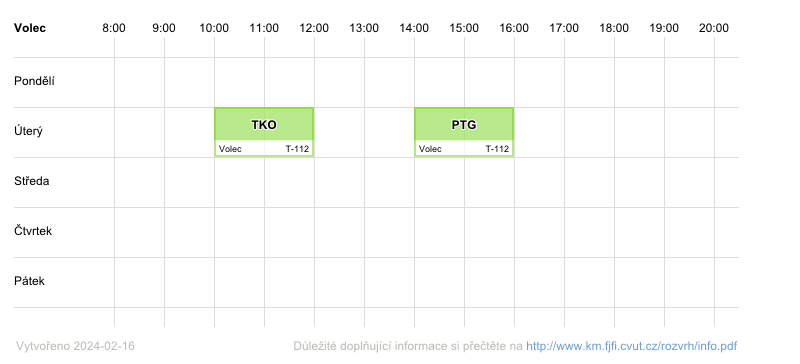Mgr. Jan Volec, Ph.D.

Modern Methods in Discrete Mathematics
| advisor: | Mgr. Jan Volec, Ph.D. |
| e-mail: | show e-mail |
| type: | phd thesis |
| branch of study: | MINF |
| key words: | limits of discrete structures, polynomial method, combinatorial optimization, probabilistic method |
| description: | The aim of this thesis is to establish new algebraic, probabilistic and analytic methods to tackle open problems in discrete mathematics and theoretical computer science. A particular focus will be given to developing novel tools within the very active research area of limits of discrete structures, and using algebraic techniques (e.g. the polynomial method) and probabilistic tools (e.g. concentration inequalities, the Lovász local lemma). The newly developed methods will be used to tackle well-known open problems including Turán-type problems, graph and hypergraph decompositons, quasirandomness of discrete structures, and questions in Ramsey Theory. Although this PhD topic is closely related to the PhD topic "Problems in Extremal Combinatorics" of the same supervisor, it is expected that the respective students will be working on disjoint research tasks. The student working on this research topic is expected to have a strong background in analysis and algebra, and at least a basic background in discrete mathematics. The student working on this research topic will be supported by the project Extremal and Probabilistic Combinatorics - GAČR 23-06815M - funded by Czech Science Foundation. |
| references: | N. Alon, J. Spencer: The Probabilistic Method, 4th Edition, Wiley, 2016. L. Guth: Polynomial Methods in Combinatorics, American Mathematical Society, 2016. L. Lovasz: Large Networks and Graph Limits, American Mathematical Society, 2012. M. Molloy, B. Reed: Graph Colouring and the Probabilistic Method, Springer, 2002. Y. Zhao: Graph Theory and Additive Combinatorics, Cambridge University Press, 2023. |
| last update: | 03.05.2024 11:15:36 |
V3S Database
The application records results of science and research, and other academic activities. The V3S application serves as a tool for submitting data to the RIV database, exporting data for statistic analyses, and internal evaluation of research.
List of publications in V3S
administrator for this page:
Radek Fučík | last update: 08/07/2011
